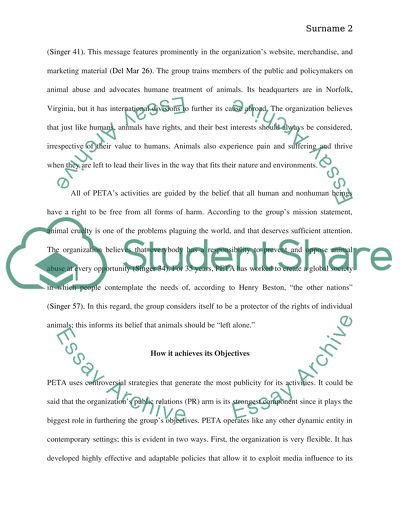Cite this document
(“Interest Group Essay Example | Topics and Well Written Essays - 1500 words”, n.d.)
Interest Group Essay Example | Topics and Well Written Essays - 1500 words. Retrieved from https://studentshare.org/social-science/1695240-interest-group
Interest Group Essay Example | Topics and Well Written Essays - 1500 words. Retrieved from https://studentshare.org/social-science/1695240-interest-group
(Interest Group Essay Example | Topics and Well Written Essays - 1500 Words)
Interest Group Essay Example | Topics and Well Written Essays - 1500 Words. https://studentshare.org/social-science/1695240-interest-group.
Interest Group Essay Example | Topics and Well Written Essays - 1500 Words. https://studentshare.org/social-science/1695240-interest-group.
“Interest Group Essay Example | Topics and Well Written Essays - 1500 Words”, n.d. https://studentshare.org/social-science/1695240-interest-group.


